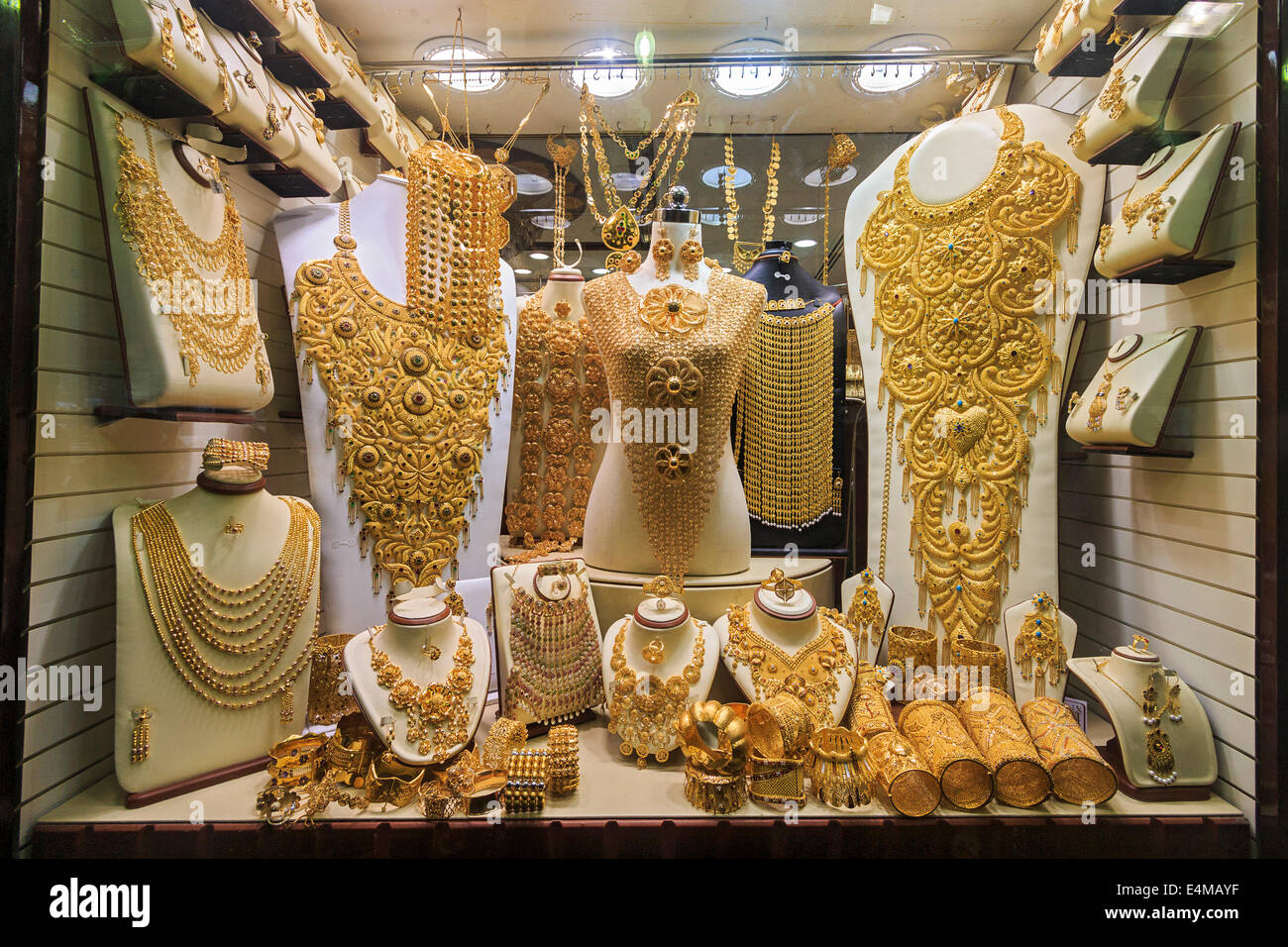Ensuring the Reliability of Gold Documents Via Comprehensive Validation Methods
Wiki Article
Gold certificates are important financial instruments that indicate title of a particular quantity of precious metal. They function as evidence that an person or entity holds a certain quantity of gold, often stored in a secure location, such as a bank or a vault. The trustworthiness of these certificates is essential in maintaining the confidence of stakeholders and the reliability of precious metal as a means of money and asset. To preserve this trustworthiness, thorough verification techniques are essential. These techniques help to confirm the authenticity of gold certificates and protect against fraud.

One of the primary ways for validating gold certificates involves checking the originating institution's reputation. Institutions that provide gold certificates should be reputable and supervised by financial authorities. By examining the track record and trustworthiness of these institutions, stakeholders can gain confidence in the certificates they hold. Additionally, institutions should have clear guidelines regarding their precious metal reserves and the issuance of certificates. This transparency allows investors to comprehend how their certificates are backed by actual physical precious metal.
Another crucial aspect of validation is the use of serial numbers and useful content unique codes on precious metal certificates. Each certificate should have a distinct identifying number that can be linked back to the particular amount of gold it represents. This helps avoid fraudulent certificates and guarantees that each certificate is unique. Holders can often confirm the identifying number with the issuing institution, which can confirm whether the certificate is valid and associated to actual precious metal held in reserve. This procedure is vital for maintaining the integrity of gold certificates in the market.
In addition to organizational checks and identifying numbers, independent verification services play a significant role in ensuring credibility. These services focus in assessing and validating the genuineness of precious metal and associated financial documents. They can provide independent assessments of the gold reserves held by institutions and confirm the legitimacy of precious metal certificates. Utilizing third-party services adds an extra layer of protection and confidence, as these entities often have the knowledge and capabilities to perform comprehensive reviews and audits.
Lastly, impact of technology on gold certification investors should stay aware about the market and standards regarding gold certificates. Comprehending the up-to-date trends, regulations, and optimal practices in the precious metal market can help individuals make informed choices when acquiring or placing funds in precious metal certificates. Regularly monitoring data from reputable sources can also assist in identifying any potential threats or shifts in the market that may influence the trustworthiness of gold certificates. By integrating organizational checks, serial number validation, independent assessments, and continuous learning, investors can ensure the credibility and security of their gold certificates.